How Are Preserved Flowers Made? Step-by-Step Guide
2025-08-21
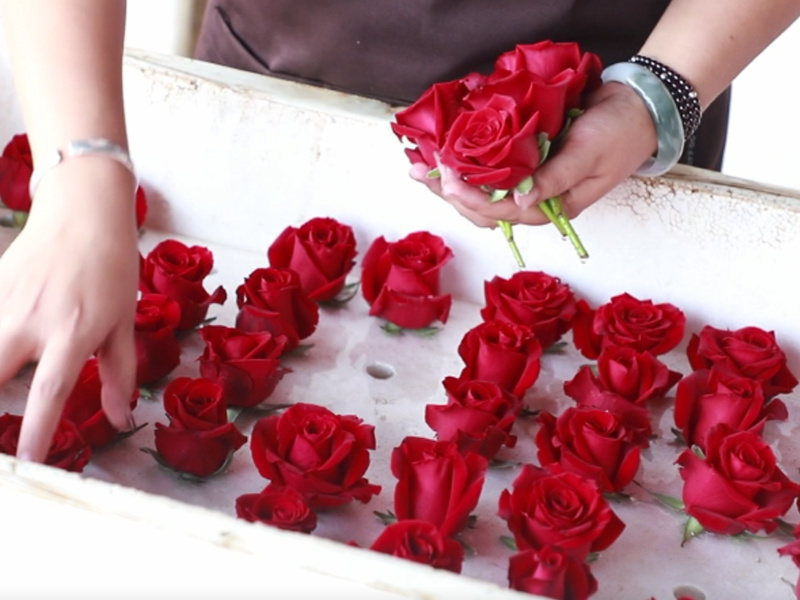
🌹How Are Preserved Flowers Made? Step-by-Step Guide
Published: 2025-08-21
Fresh flowers are beautiful but fleeting. Discover the preserved flower process—real flowers treated to maintain softness, color, and beauty for years.
🌸What Are Preserved Flowers?
Preserved flowers, also known as eternal flowers or everlasting roses, are real, natural flowers that undergo a preservation process to maintain their fresh appearance. Unlike dried flowers, preserved flowers stay soft, vibrant, and realistic because their natural moisture is replaced with plant-based preserving solutions.
Key Benefits
- Long-lasting: Typically 1–3 years with proper care.
- Soft, natural texture that looks fresh.
- Available in many colors (including unique tones like metallic edges).
- Sustainable alternative to frequently replacing fresh flowers.
- Ideal for weddings, gifts, home décor, and DIY projects.
❓Why Preserve Flowers Instead of Drying Them?
Drying is a traditional method to extend the life of flowers, but it has limitations: colors fade, petals become brittle, and the texture feels less natural. Preserved flowers maintain an appearance and touch remarkably close to fresh blooms, making them favored for premium arrangements, luxury gift boxes, hospitality interiors, and wedding décor.
🛠️Step-by-Step: How Preserved Flowers Are Made
Different studios and factories may vary in technique, timing, and equipment. The outline below captures the standard commercial process used for preserved roses, hydrangeas, carnations, and more.
1️⃣1) Selecting Fresh Flowers
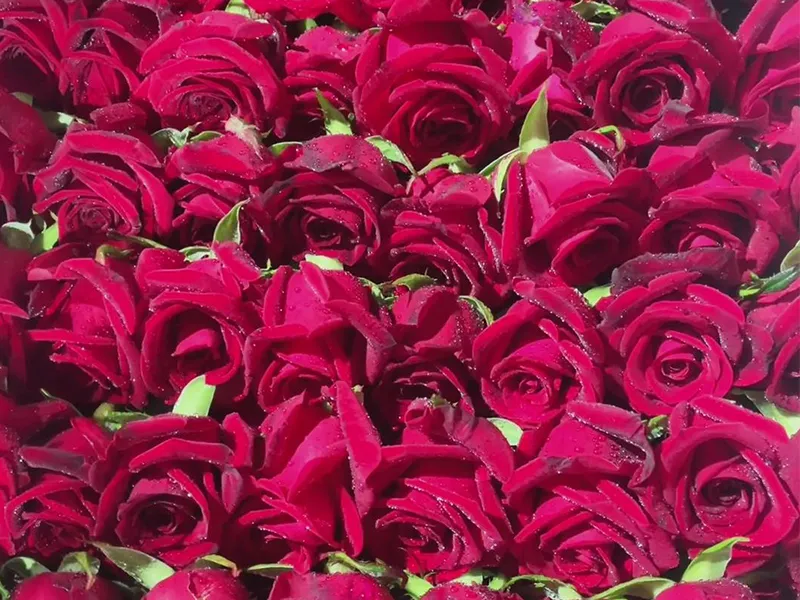
- Only high-grade blooms are chosen (roses, hydrangeas, carnations, gardenias, etc.).
- Flowers are harvested at their peak bloom for ideal shape and color.
- Any blooms with blemishes or damage are discarded before processing.
2️⃣2) Dehydration & Moisture Removal
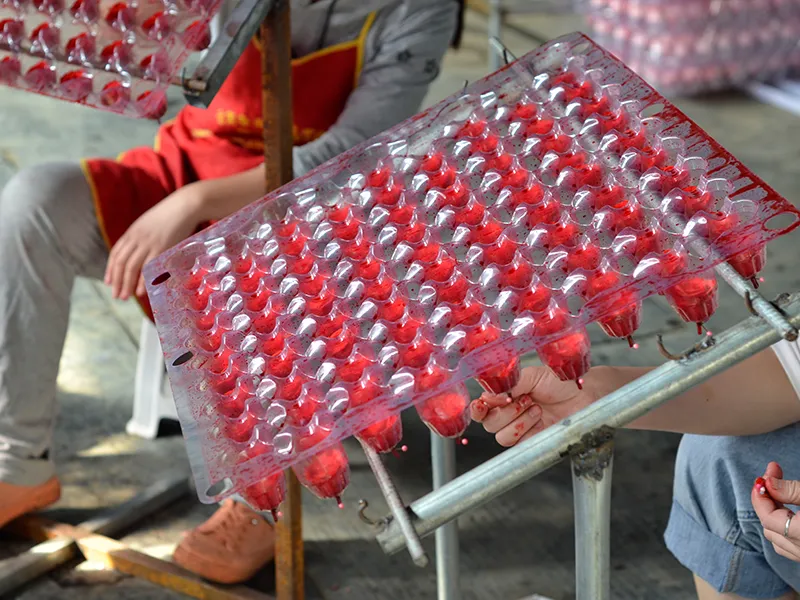
Fresh flowers contain roughly 70–80% water, which must be removed to prevent decay. Blooms are placed in a controlled environment where natural sap and moisture evaporate slowly.
3️⃣3) Rehydration with Preserving Solution
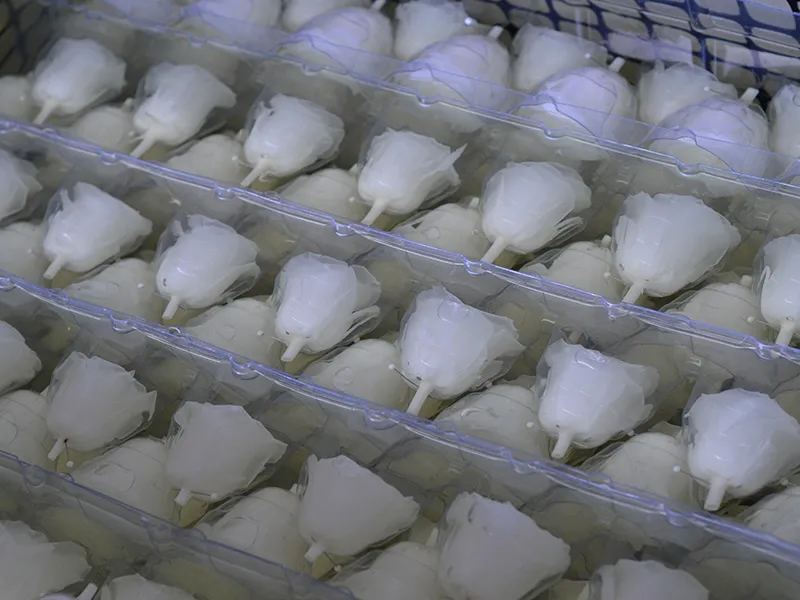
Flowers are immersed in a plant-based glycerin solution, keeping them soft, flexible, and lifelike.
4️⃣4) Adding Color & Enhancements
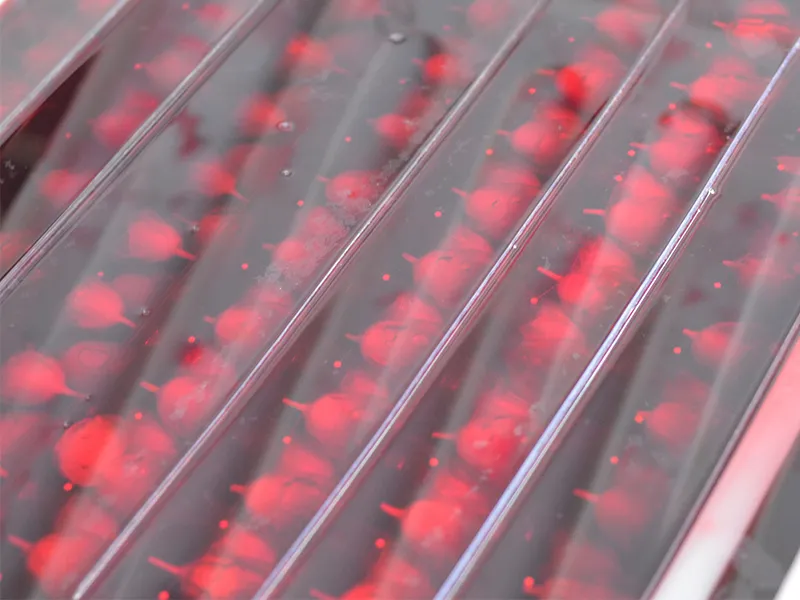
Artisans apply non-toxic dyes to restore vibrancy, including metallic and pastel finishes.
5️⃣5) Shaping & Finishing
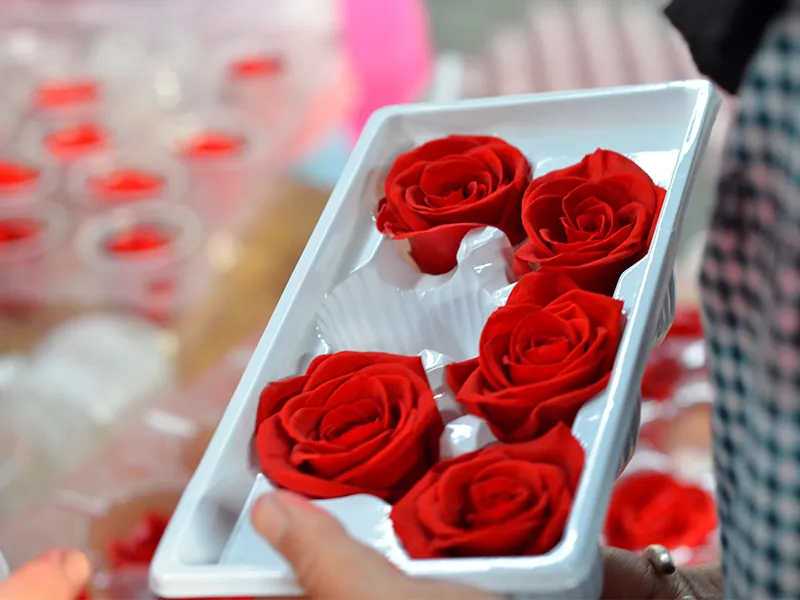
Blooms are reshaped, stems trimmed, and imperfections corrected, then rested in a temperature-controlled room.
6️⃣6) Quality Control & Packaging
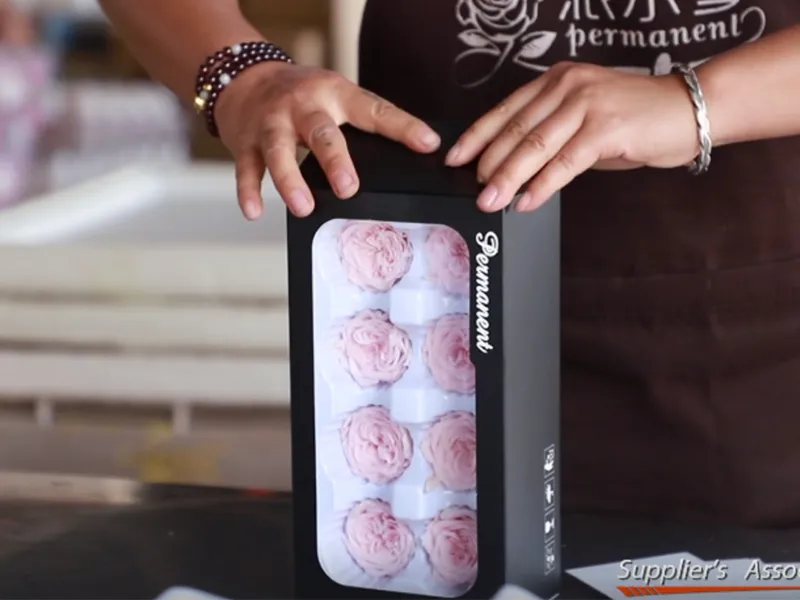
- Inspect for color consistency, softness, and durability.
- Packed in protective trays/boxes (e.g., 6, 10, or 21 pieces).
- Export cartons reinforced with foam inserts and edge protectors.
⏳How Long Do Preserved Flowers Last?
With proper care, preserved flowers typically last 1–3 years. To maximize lifespan:
- Keep away from direct sunlight and high humidity.
- Do not water (they’re already preserved).
- Remove dust with a soft brush or gentle air blower.
🎁Popular Applications
Preserved flowers are a global trend. Common uses include:
- Wedding bouquets, boutonnieres, and table centerpieces.
- Gift boxes for Valentine’s Day, anniversaries, and Mother’s Day.
- Luxury décor for homes, hotels, spas, and retail displays.
- DIY projects and craft kits for hobbyists and creators.
- E-commerce products: rose domes, mini bouquets, ornament sets.
Interested in adding preserved flowers to your store or event? View wholesale options.
⚖️Preserved vs. Dried vs. Artificial Flowers
| Feature | Preserved Flowers | Dried Flowers | Artificial Flowers |
|---|---|---|---|
| Material | Real flowers | Real flowers | Plastic/silk |
| Texture | Soft, fresh-like | Brittle, fragile | Synthetic |
| Longevity | 1–3 years | 6–12 months | Unlimited |
| Colors | Natural + dyed finishes | Natural (often faded) | Unlimited (but artificial) |
| Eco-Friendliness | High (long-lasting, reduces waste) | High (low energy) | Lower (synthetic materials) |
| Typical Uses | Premium gifts, weddings, décor | Rustic décor and crafts | Budget décor and displays |
💭Final Thoughts
Preserved flowers represent a fusion of nature and innovation. Through careful dehydration, rehydration, coloring, and shaping, fresh blooms are transformed into long-lasting keepsakes. Whether you’re a florist, wedding planner, or gift retailer, preserved flowers open up new possibilities for luxury design and sustainable business growth.
🛒Interested in Wholesale Preserved Flowers?
As a leading preserved flower manufacturer, we offer a wide range of preserved roses, hydrangeas, carnations, and custom designs for global buyers. Explore our catalog or request a quote: en.culinanflower.com
Previous Page:






